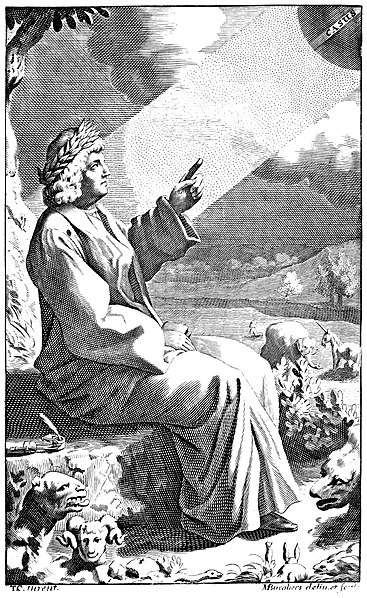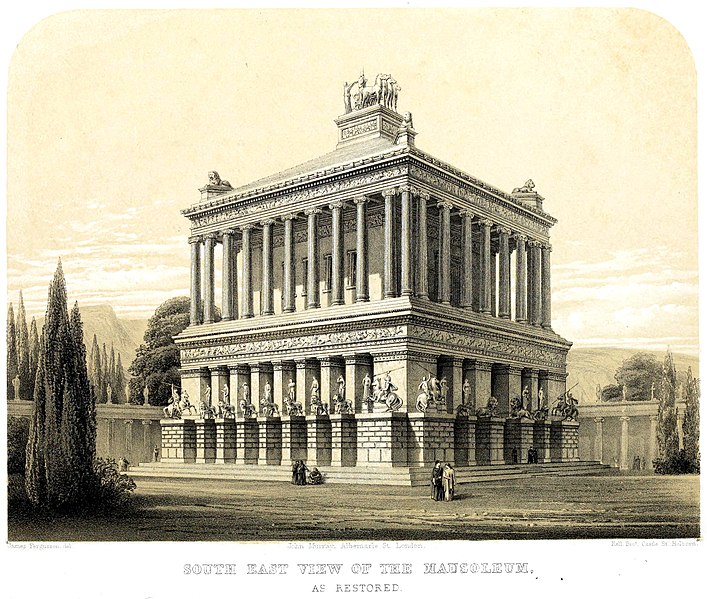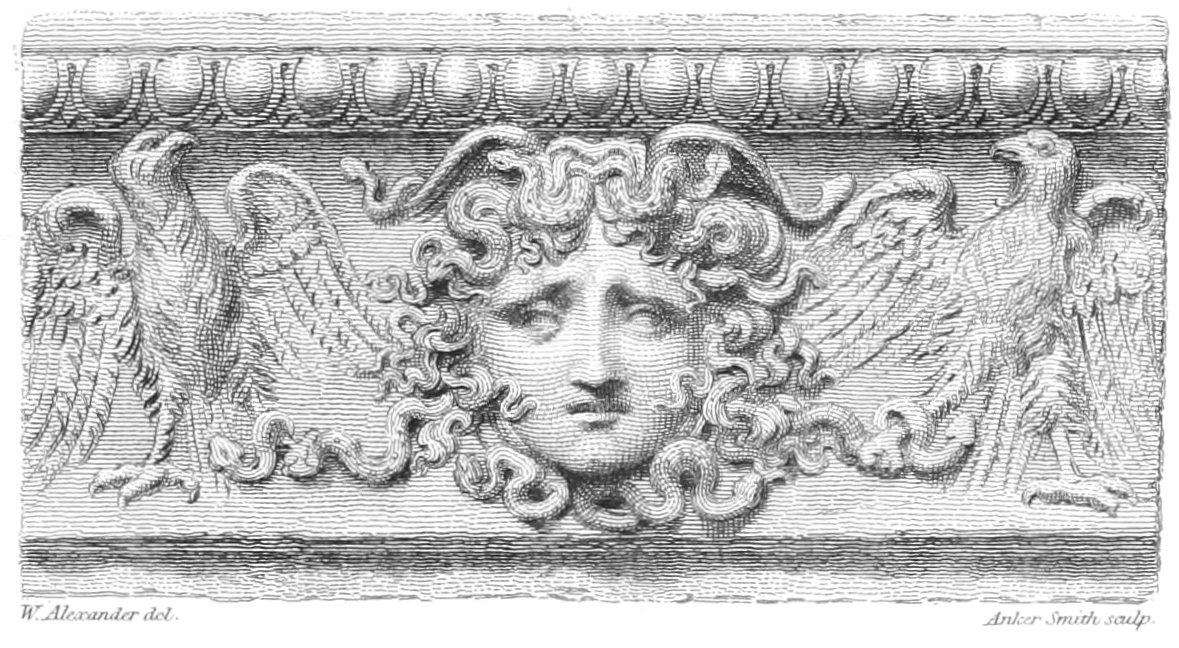| Description | English: Frontispiece to Bentley’s translation of Horace, 1713 |
| Date | 1713 |
| Source | The Odes, Epodes, and Carmen Seculare of Horace (https://archive.org/details/odesepodescarmen01hora/page/n3/mode/2up) |
| Author | Simon Gribelin |
Category Archives: Classical
Lucretius

| Description | English: Lucretius pointing to the casus, the downward movement of the atoms, from the frontispiece of a 1714 edition of Thomas Creech’s translation of Lucretius |
| Date | 1714 |
| Source | T. Lucretius Carus of the Nature of Things (https://archive.org/details/tlucretiuscaruso01lucr/page/n5/mode/2up) |
| Author | Designed by “T. C.” (possibly Thomas Creech, died 1700); drawn and engraved by M. Burghers |
Panormus et Metellus
| Description | English: Panormus and Metellus, two statues in the Curia Panormitana Latina: Panormus et Metellus, duo signa quae extant in Curia Panormitana |
| Date | 1812 |
| Source | The Two Last Pleadings of Marcus Tullius Cicero Against Caius Verres (https://archive.org/details/twolastpleadings00cice/page/n9/mode/2up?view=theater) |
| Author | Anonymous |
Ovid

| Description | English: Frontispiece to an edition of Ovid’s Metamorphoses |
| Date | 1889 (from plate engraved earlier) |
| Source | The Metamorphoses of Ovid (https://archive.org/details/metamorphosesofo00ovid_0/page/n5/mode/2up) |
| Author | Pierre-Philippe Choffard, artist; J. J. Hinchcliffe, engraver |
Some Ancient Greek Female Costumes
| Description | English: Plate 65 in Ancient Greek Female Costume by J. Moyr Smith |
| Date | 1912 |
| Source | Ancient Greek Female Costume (https://archive.org/details/ancientgreekfema00smituoft/) |
| Author | J. Moyr Smith |
South East View of the Mausoleum as Restored, by James Fergusson

| Description | English: Speculative restoration of the Mausoleum at Halicarnassus by James Fergusson |
| Date | 1862 |
| Source | The Mausoleum at Halicarnassus Restored in Conformity with the Recently Discovered Remains (https://archive.org/details/mausoleumathalic00ferg/page/n7/mode/2up) |
| Author | James Fergusson |
Trajan’s Forum in 1625
| Description | English: Trajan’s forum, in a woodcut printed in 1625 |
| Date | 1625 |
| Source | Grandezze della citta di Roma antiche & moderne (https://archive.org/details/marcucci-grandezze-della-citta-di-roma-antiche-moderne-1625/page/n7/mode/2up) |
| Author | Anonymous |
Minerva Supervises the Building of the Argo

| Description | English: [From the original description:] A bas-relief, representing the goddess Minerva superintending the construction of the ship Argo. The figure, employed in using a chisel and hammer, is Argus, the builder of the ship; and the other figure, assisted by Minerva in fixing the sail to the yard, is Tiphys, the pilot of the vessel. |
| Date | 1810 |
| Source | A Description of the Collection of Ancient Terracottas in the British Museum (https://archive.org/details/descriptionofcol00brit/page/10/mode/2up?view=theater) |
| Author | William Alexander |
Head of Medusa

| Description | English: A bas-relief, representing a head of Medusa, ornamented with wings; on each side of it an eagle is represented in the act of seizing, with its talons, one of the snakes, which are entwined in the locks of her hair. The custom of adding wings to the head of Medusa was not always followed by the ancient artists. Aeschylus and Apollodorus have both described her as furnished with wings, but on coins of the cities of Amisus, Cabira, and Comana in Pontus, and of Amastris, and Sinope in Paphlagonia, the wings are represented not on the head of Medusa, but on her shoulders. Dimensions 1 foot 7 inches, by 9½ inches. |
| Date | 1810 |
| Source | A description of the collection of ancient terracottas in the British Museum (https://archive.org/details/descriptionofcol00brit) |
| Author | William Alexander |
Combat of the Amazons and the Griffins

| Description | English: Engraving of an ancient terracotta in the British Museum |
| Date | 1810 |
| Source | A description of the collection of ancient terracottas in the British Museum (https://archive.org/details/descriptionofcol00brit) |
| Author | “W. A.,” illustrator; H. Moses, engraver |
